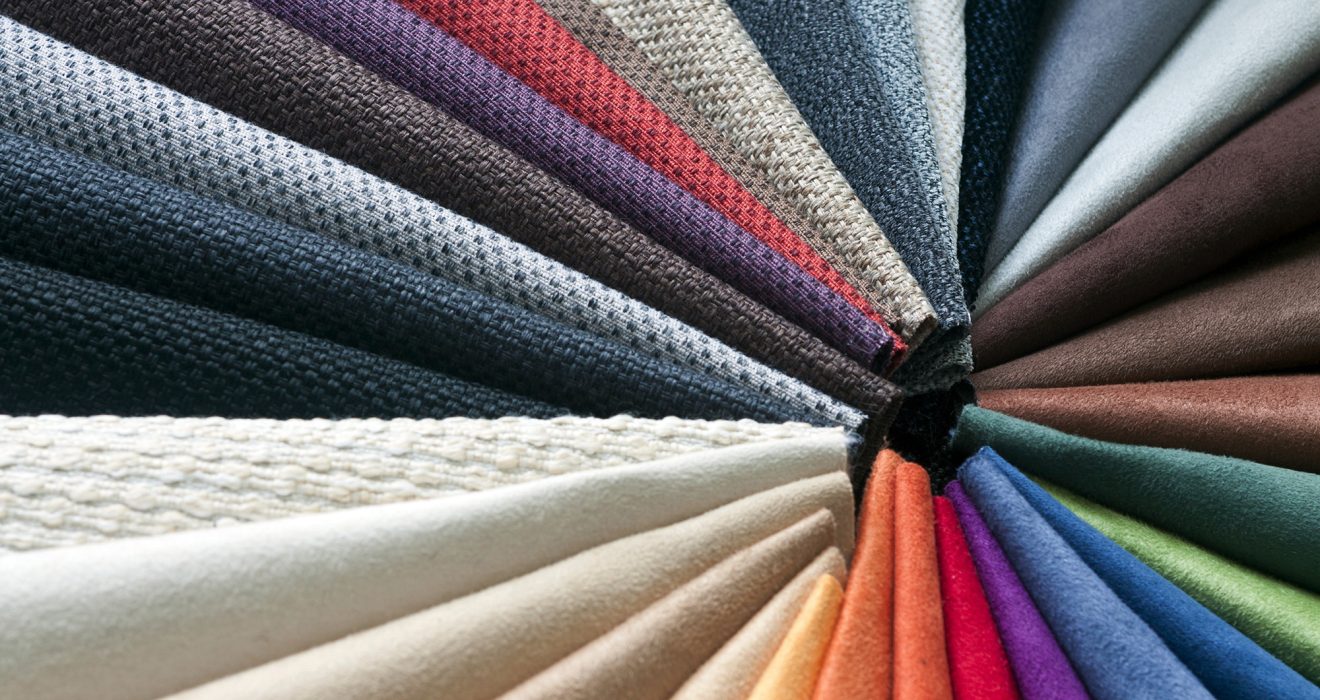In a recent publication published in Science, researchers from the University of Chicago Pritzker School of Molecular Engineering (PME) described a new wearable fabric meant to help urban inhabitants cope with the extreme heat induced by global climate change. This innovative fabric has the potential to be used not just in apparel, but also in construction, automobile design, and food storage.
This year has seen extraordinary heatwaves around the world, with temperatures in cities like Mexico, India, Pakistan, and Oman reaching or above 50 degrees Celsius (122 degrees Fahrenheit). These excessive temperatures highlight the growing issue of urban heat islands (UHIs), in which densely populated metropolitan areas and thermal energy emitted by asphalt and skyscrapers trap and magnify heat, resulting in dangerously hot conditions.
As worldwide temperatures rise and populations in cities grow, the impact of urban heat islands becomes a more serious concern. By 2050, it is projected that 68 % of the world’s population will reside in cities, emphasizing the critical need for new solutions to lessen the effects of UHIs.
Excellent Cooling Efficiency:
The unique material was tested in the scorching Arizona sun and showed exceptional cooling characteristics. It kept the temperature 2.3 degrees Celsius (4.1 degrees Fahrenheit) lower than a broadband emitter fabric commonly used for outdoor endurance activities. Additionally, it was 8.9 degrees Celsius (16 degrees Fahrenheit) less warm than commercial silk, which is widely used in summer clothes such as shirts and dresses. This considerable temperature differential has the potential to lower the amount of heat-related illnesses and deaths in cities around the world.
Assistant Professor Po-Chun Hsu of PME stressed the necessity of addressing both carbon dioxide emissions and the immediate effects of high temperatures: “We must cut carbon emissions and make our cities environmentally friendly or neutral. Meanwhile, individuals are suffering the effects of these extreme temperatures.
Considering Environmental Factors:
The innovative fabric separates itself from conventional cooling textiles by taking into account the complicated thermal environment in metropolitan settings. Traditional cooling materials for outdoor sports function by diffusing sunlight, reducing glare for spectators. However, in an urban heat island, sunlight is just one source of heat. Buildings and pavement generate thermal radiation, which contributes greatly to the scorching conditions that city people experience.
Many materials that perform well in controlled lab contexts do not provide adequate cooling in real-world urban settings, such as the ones in Arizona, Nevada, California, Southeast Asia, and China during major heatwaves. Ronghui Wu, an assistant professor at PME and co-first author of the paper, emphasized the challenge: “People typically focus on the performance or material design of cooling fabrics. To create a textile with real-world applications, you must consider the surroundings.
For example, while most individuals wear materials meant to reflect sunlight directly, only about 3% of their attire, such as caps, shoulder covers, and shoe tops, is exposed to direct sunlight. The other 97% of their clothes is subjected to radiant heat from the sides as well as below, which standard broadband emitter textiles cannot mitigate.
Dual-Function Fabrics:
Developing a material that can protect wearers against both direct sun radiation and diffuse thermal radiation was a substantial engineering barrier. Solar radiation is made up of visible light, whereas thermal radiation is mostly infrared, hence the fabric must have different optical qualities for each kind of radiation.
Chenxi Sui, a doctoral student at PME and co-first researcher of the work, described the complexities: “Sunlight is visible light, but heat radiation is infrared, thus their wavelengths are different. That means you must have a material with two optical characteristics at the exact same time. That is extremely difficult to do. You need to experiment with material science to engineer and modify the material to produce distinct resonant frequencies at different wavelengths.
Reducing Carbon Impact of Cooling
The extensive use of refrigeration and air conditioning to alleviate heat increases worldwide carbon emissions and exacerbates climate change. “Our society uses approximately 10 to 15 percent of the available energy in total merely to put ourselves at ease wherever we go,” Hsu stated.
However, exposure to air conditioning is unevenly distributed. In the United States and Japan, more than 90% of houses have air conditioners, in contrast to India as well as certain regions of Africa, this figure reduces to around 5%. The innovative textile from PME provides an environmentally friendly cooling solution that can minimize dependency on costly to-operate cooling methods, making it especially useful in areas with little access to air conditioning.
Future Prospects:
Beyond wearable apparel, the fabric’s adaptability enables a variety of applications. A stronger version of the substance, protected by a translucent film of polyethylene, might be applied to the facades of buildings or vehicles, lowering internal temperatures and reducing the demand for air conditioning. This could dramatically reduce energy prices and carbon emissions.
The material might also be used to carry and store perishable items like milk and other meals, minimizing the requirement for conditioning and its environmental impact. “You may reduce a lot of air conditioning, electricity, and cost of energy because this is a quiet procedure,” Sui said.
The creation of this revolutionary fabric represents a big step forward in addressing the dual concerns of growing urban temperatures and the pressing need to cut carbon emissions. The revolutionary material can improve the standards of life for urban dwellers all over the world by providing a reliable passive cooling solution, particularly in places prone to severe temperatures.
Final Thoughts:
As global temperatures rise and urban populations expand, the urban heat island effect will become an ever more significant concern. Innovations like the novel fabric invented by the UChicago Pritzker School of Molecular Engineering offer a significant step forward in minimizing the negative impacts of severe heat in urban contexts. This fabric can help shield urban people from heatwaves by reflecting sunlight while decreasing thermal radiation, as well as cut energy consumption and carbon emissions, rendering cities more habitable and efficient in the face of global warming.

